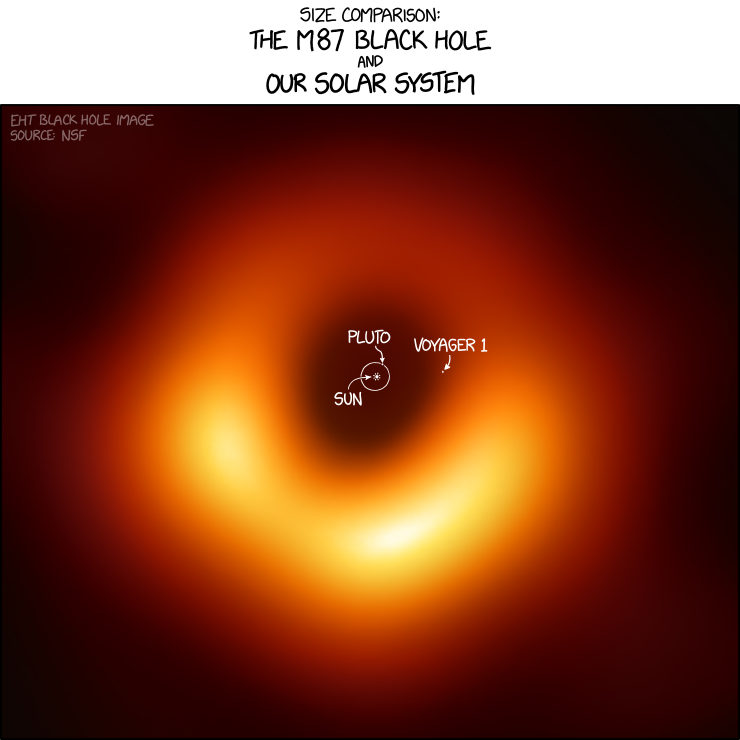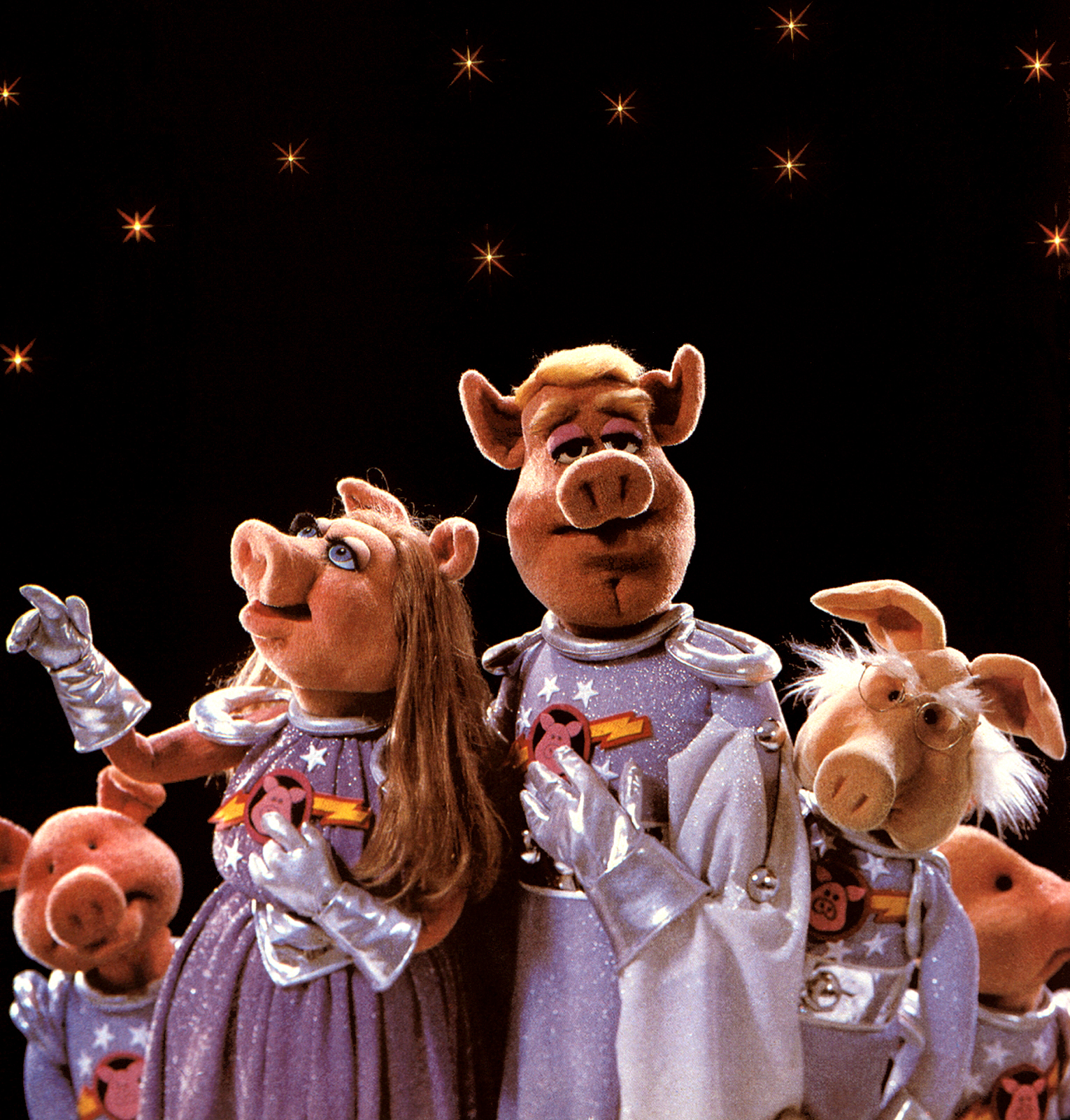I'll chime in to add a little bit.
It's not quite true that all heavy elements have a tendency to sink to the core. The four naturally-occurring* elements with the highest atomic numbers are lead, bismuth, thorium, and uranium, and all four are relatively common on the surface. The elements that are rare in Earth's crust are the ones that are nonreactive as well as dense. Anything that readily reacts with oxygen or sulfur, in particular, will end up forming bonds to those elements and become concentrated disproportionately in the crust. The rarest stable elements in the crust are the non-reactive or "noble" metals, including gold and the platinum group (platinum, palladium, osmium, iridium, ruthenium, rhodium).
Most asteroids are small enough that they have not differentiated significantly, so they'd have the same concentration of noble metals on their surfaces as in their cores. Even a smallish metal-rich asteroid can easily have more noble metals than we mine today: global platinum production, for instance, is less than 200 tons/yr, and production of iridium/osmium/rhodium is far smaller still. This is all despite the fact that platinum, palladium, and rhodium are all in high demand as catalysts, in catalytic converters and a bunch of industrial chemical processes. So there is quite a bit of upside to asteroid mining, it's just that the technical demands are extremely challenging and it's unlikely to be commercially viable any time soon.
Incidentally, one of the strongest pieces of evidence for the asteroid impact that caused the K-T extinction event 66 million years ago is the worldwide thin layer of iridium and platinum dating to that time.
*Excluding elements that are present only in traces as intermediate decay products, such as polonium, radium, etc. Only
primordial nuclides are counted.



